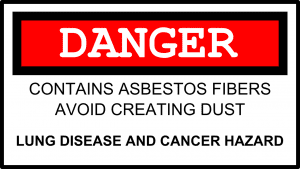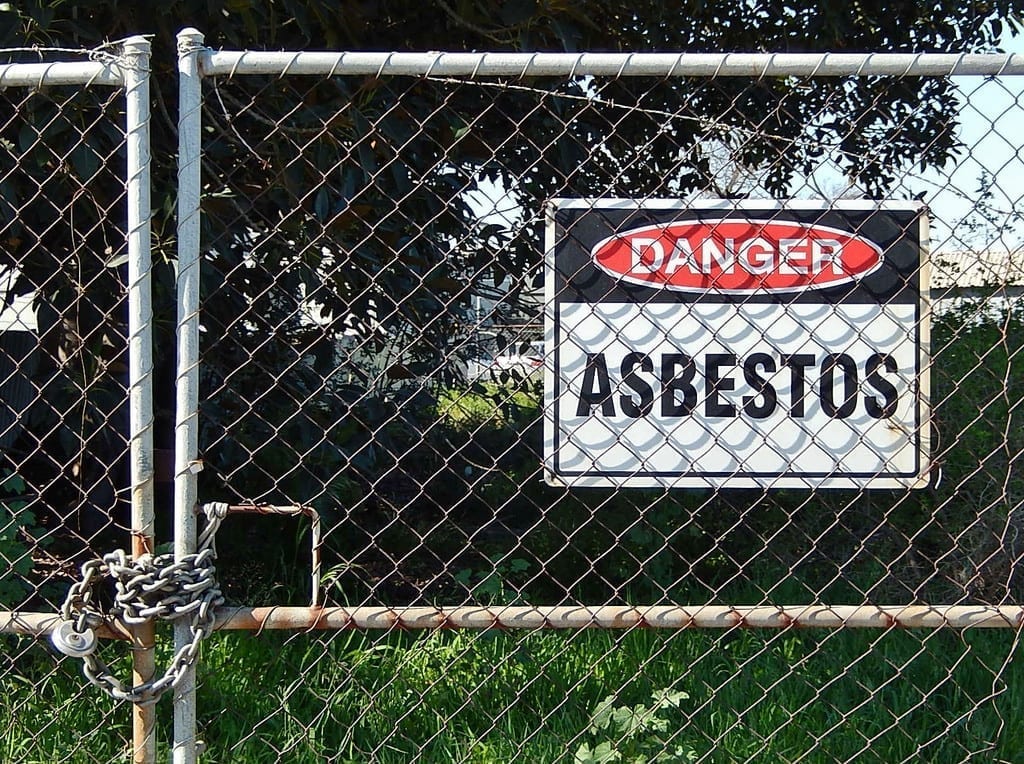As fewer and fewer of the items we use every day are manufactured under the supervision of US authorities, asbestos seems set to become a problem of the future, not of the past.
Most of us old enough to remember the toxic exposure scandals of the 90s are well aware of the dangers associated with asbestos. However, we are also under the impression that asbestos is something of the past, that it remained somewhere in an unenlightened age, when greedy construction magnates were lining office building and homes with cheap, toxic materials. Sadly, this is not the case.
After all, until some decades ago, asbestos was used pretty much everywhere: roofs, floors, sidings, shingles, pipes, ships, boats, trains, family cars, kitchenware and even clothing, to name but a few. And “decades” stops sounding like such a long time when considering the age of the buildings and infrastructure that surround us in our day-to-day lives.
It’s little surprise that according to the CDC, mesothelioma – a cancer of the lining of the lungs exclusively caused by asbestos — still takes some 3,000 American lives each year, and this is not to count the thousands more who suffer non-lethal health complications from the toxic mineral.
It is true that a good portion of these are people over 85, who have been exposed to asbestos dust before current regulations were in place, but the “under 55s” who have succumbed to the disease is still alarming. In fact, the figures defy 1990s CDC projections for a sharp decrease in asbestos-related illness by keeping at a constant level year after year. This is despite of a supposed decrease in the use of asbestos.

We’ve already hinted at one of the causes behind this. Although the Occupational Safety and Health Administration (OSHA) imposed narrow guidelines on where and how to employ asbestos back in 1971; buildings, industrial facilities, and commercial ships built before this date still contain copious amounts of the mineral, and people are still being exposed when working near them.
Occupations at Risk
Construction crews hired to refurbish old buildings, and demolitionists tasked to take them apart can easily release large quantities of the toxic dust trapped in crumbling walls. Restoring an old car, keeping an old plane or ship in good condition, are not without their risks either.
When it comes to constructions, the problem is exacerbated by the difficulty in finding accurate information on old buildings. Contractors aren’t always aware of where exactly asbestos was placed in a particular structure, and some might forgo taking necessary precautions at all times for the sake of comfort.
Construction workers, alongside pipe fitters, and auto-mechanics are among the professions considered most at risk for what was duped a “third wave of asbestos disease”. The first wave were the asbestos miners, millers, and manufacturers. Second came those who made use of the material as part of their jobs (shipbuilders, insulators, etc.) to build the things that will eventually endanger the current “third wave”.
But, the current mesothelioma problem has more than one cause behind it. Despite public perception otherwise, the EPA never entirely banned the use and manufacture of asbestos in the United States. Some 400 tons of it were consumed in 2014 alone. Furthermore, according to the CDC report cited above, 20% of the worksites evaluated in 2002 measured asbestos air concentrations above the minimum OSHA regulations.
Products Containing Asbestos
Products containing asbestos are still legally imported into the United States. The fire-retardant mineral can be found where you would expect – firefighting equipment – as well as where you wouldn’t – high end off-road cars.
But, this is just the tip of the Iceberg. An increasing number of chemicals, off-market parts, construction and industrial material is being imported from countries where regulations regarding potentially hazardous substances are a lot leaner. Somewhat recently, off market brake pads for Toyota trucks have been recalled due to their high asbestos content.
As fewer and fewer of the items we use every day are manufactured under the supervision of US authorities, asbestos seems set to become a problem of the future, not of the past.


Join the conversation!